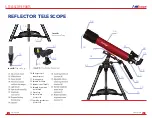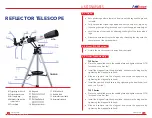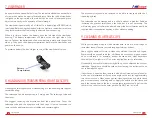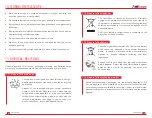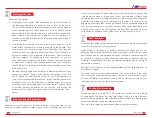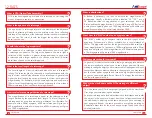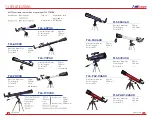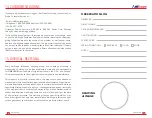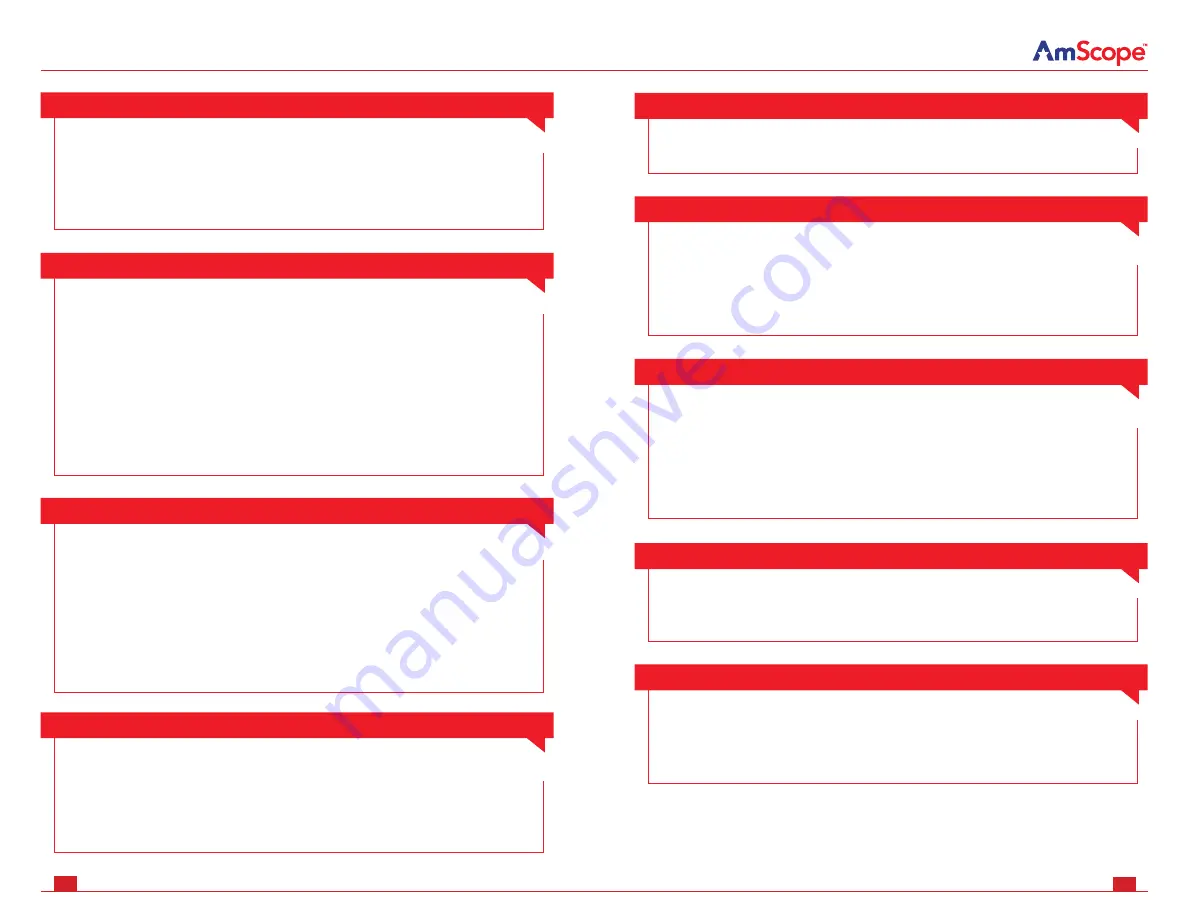
amscope.com
amscope.com
Our telescopes are perfect for taking an image of bright objects such
as the moon. To take an image through a telescope with your phone
is very easy. Point the telescope at and focus on the object you want
to take an image of, then hold your phone next to the eyepiece and
take an image.
Better yet, you can also use our phone adapter to take an image.
Secure the phone holder onto the eyepiece and place your phone
onto it. Then adjust the position of the phone till the object appears
on your screen. And now you can take as many images as you want to!
?
With the included eyepieces, you can observe the crater of the moon,
planets of our solar system, as well as Orion Nebula. You can also
observe terrestrial objects such as sailboats. However, please keep in
mind that never look at the Sun without a proper solar filter, this may
permanently damage your eyes.
What can I observe with my telescope?
?
How to take an image through a telescope with a phone?
?
The image should get to sharp focus with the included eyepieces and
diagonal. Check to focus on a distanced land object then try to use
the telescope on celestial objects. Check the front lens of the OTA and
the eyepiece and see if they are foggy due to the weather, if yes, then
use a glass cloth to lightly absorb the condensation. Check if the front
lens and eyepieces have finger prints or an eyelash on them, if yes, use
rubbing alcohol and glass cloth too lightly and gently clean off the lens
(DO NOT RUB).
Why cannot I get the image to sharp focus?
?
An equatorial mount is a mount for instruments that compensates for
the Earth's rotation by having one rotational axis parallel to the Earth's
axis of rotation. The advantage of an equatorial mount lies in its ability
to allow the instrument attached to it to stay fixed on any celestial
object with a diurnal motion by driving one axis at a constant speed.
What is an equatorial mount?
?
Yes, by default, this telescope has a 1.25’’ eyepiece adapter so it will
work with all the 1.25’’ accessories.
Will this telescope work with my 1.25’’ eyepieces?
?
The red dot viewfinder is a zero magnification pointing tool that uses
a coated glass window to superimpose the image of a small red dot
onto the night sky. To use the finder, simply look through the sight tube
and move your telescope until the red dot merges with the object.
Make sure to keep both eyes open when sighting
What is a red dot viewfinder?
?
The main difference between refractor and reflector telescope is that
the refractor uses optical lenses, and the reflector telescope uses
mirrors. The difference is also in the maintenance required between
those two. The refractor telescope requires less maintenance than a
reflector telescope. Refractor telescopes usually have smaller apertures
and are more expensive than reflector telescopes.
Refractor vs. Reflector Telescope – What Is The Difference?
?
Collimation is the process of aligning all the elements of an optical
system. Collimation is routinely needed in reflectors, but seldom in
refractors.
What is collimation?
?
Similar to Latitude on the Earth's surface, it is the distance in degrees
North or South of the Celestial Equator (the projection of the Earth's
Equator onto the Celestial Sphere). The degrees can be sub-divided
into minutes and seconds.
What is declination?
23
24





